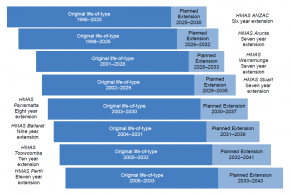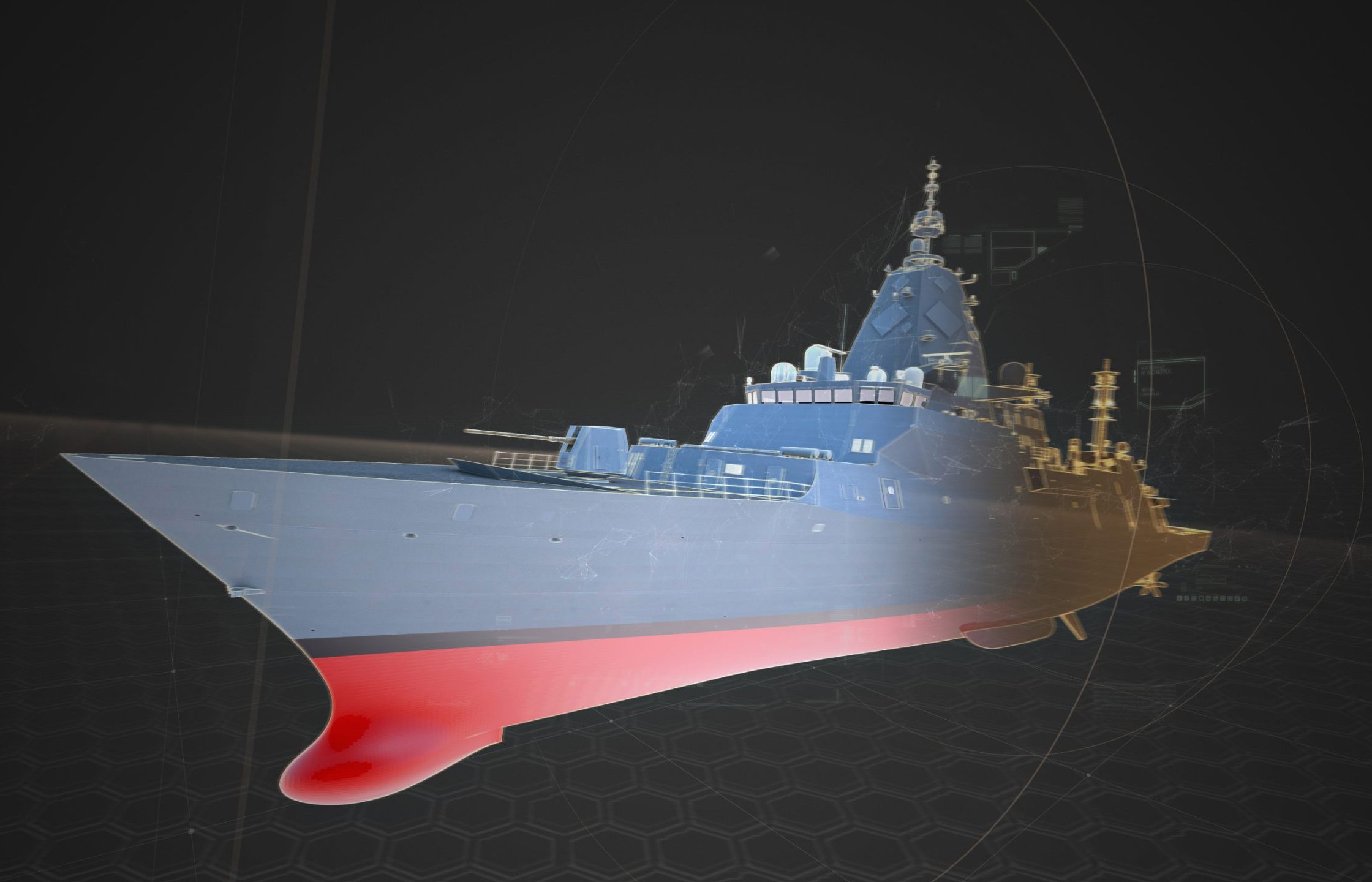This discussion is running around in circles like headless chooks. If it isn't advanced with feasible, practical, realistic, propositions and discussion backed up by good quality evidence then the Moderators will be seriously considering shutting the thread down for an indeterminate period of time.
We understand that people are enthused and keen, however as always people must look at the whole picture not just one part of it. What are the consequences and ramifications of each change you intend to make to the National Ship Building Strategy etc. Don't get trapped in the single platform spiral; also known as target fixation. Finally a shipbuilding program is not something that you can kick start overnight and expect to be cutting steel the following week. You can't ring up Amazon and have one delivered overnight by FedEx.
In order to help the audience meet the above advice:
Finance
* In reality, if you open the FSP you have a guide to how much money over each year is possible. It's obviously not exact, but that's the envelope. Projects there can be touched (hypothetically), projects not mentioned there can't be.
* The Defence budget isn't being increased beyond that. There is no justification to do so, especially when the other Department's have similar justifications. Health, education, social services and DFAT are all more important than an increase in Defence now - especially with COVID and increasing tensions.
* Roughly speaking, the Service gives CASG a chunk of money to sustain capabilities under an Agreement. If the capability goes away, in theory so does the money. In reality, the money tends to stay to help sustain the replacement, with top ups if needed. So, for instance, Kiowa sustainment was designed to transition across to Tiger as the latter replaced the former. Keeping Kiowa's going hurt Tiger sustainment, but likewise, if you replaced Kiowa with (say) R44s in addition to Tiger, you'd have an even bigger problems. You'd now have two fleets off the one sustainment line, that already wasn't enough
Politics
* Major platforms have to be built in Australia where possible. There is very little wiggle room on this. Like it or not, that's the direction from the bosses. Even projects that are purchasing stuff that cannot be built here (ie, CH-47s) need to justify why.
* Do not under-estimate the inter-State politics. And you can't take stuff from the NT or northern Australia.
Workforce
* The ADF is understrength for what we have now. Recruitment is hard. We peaked a bit last year, but have fallen again. There is a growth plan, and there are efforts to improve how we use civilians, regulars and reservists, but that all needs time. The RAN workforce in this case will need years to build to where it needs to be. And remember, it's not just about recruiting 240 people today. The ship needs officers and senior sailors. That's recruiting 10, 15 years ago.
Other
* Read the FIC. Each needs an answer for the overall solution to be remotely feasible
* Remember that nothing comes into service fully working. You need to allow for training, for time to prove the capability. IOC and FOC are vital to ensure we know what we have. I could buy an aircraft carrier and 5k crew tomorrow with a big novelty cheque, but the RAN wouldn't have an aircraft carrier for years while we learnt it.
* The acquisition process can be sped up - but you need the justification as to why. We have done it before, but there is another justification to be done.
* what is the supply chain? I think
@ADMk2 did a list of 30mm systems a few pages back - do we need another one? Do we go US or Euro noting issues in the past with both? What happens if the supplier disagrees with our ADF use?
If I think of more I'll update this. But these are the questions and thoughts that the FSP team had to deal with. It's the minimum


